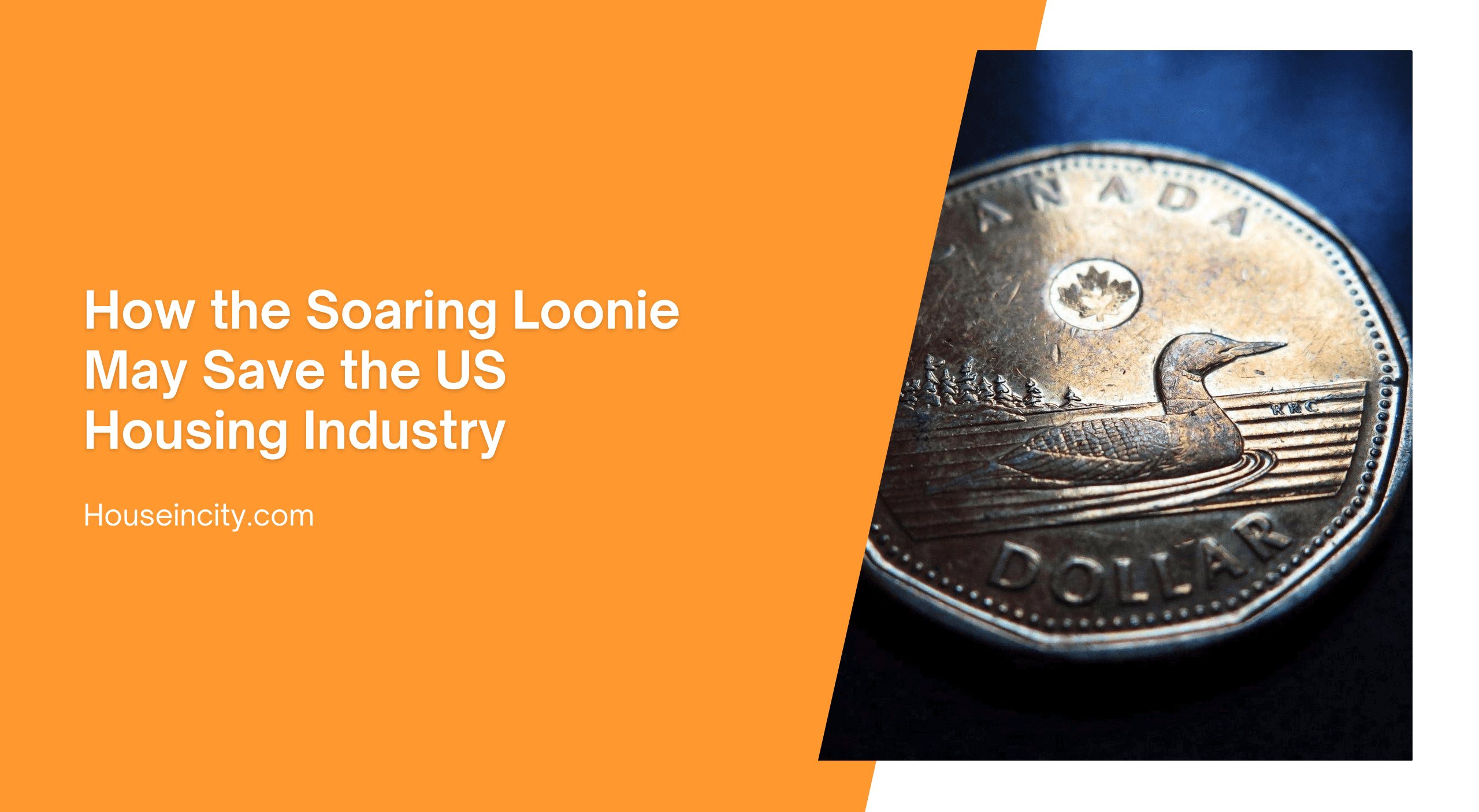In the past five years, the Canadian dollar has moved from a low of .62 US to a current high of $1.05. Its current level has occurred just as the Canadian economy is booming, and real estate prices have hit all time highs. At the same time that Canadian Boomers are contemplating a life change that will see them relocate to warmer climes, the US housing market seems to be going into a tail-spin.
In the past year, five friends of mine have purchased property in Arizona and Texas, and many more are taking a good hard look at the US real estate market.
Currently, a low-end half-duplex in a blue-collar Calgary neighbourhood is worth about $50,000 USD more than a high end half-duplex in a gated community in Casa Grande, AZ. An upper middle class home in Calgary sells for between $550,000 and $700,000. That’s $575,000 to $735,000 USD, and it buys a lot of real estate in a depressed market.
At present, more than 2 million Canadians live in the United States, and countless others represent the “snowbirds” who populate Florida, Texas, Arizona, California and other warm states from October until April. Many of these snowbirds have, in the past, lived an RV lifestyle, or have rented properties for their winter hiatus.
Economically, it makes sense for those retirees who can afford it to make the transition to “owned” property during these times of a high-flying Canadian dollar, coupled with a housing slump Stateside. Similarly, younger Canadians who foresee their retirement in the sun have to be asking themselves how long the slump will last, and how low the Loonie will go when the correction occurs. With a consensus target of .90 US cents to the Canadian dollar, those investing now stand to earn a 15% return on their real estate investment in a fairly short time frame. Combine that with an inevitable turnaround in the US housing market, and there are some significant gains to be made by Canadian investors planning for their retirement.
With suggestions that the Canadian dollar may move as high as $1.10, though, and the sense that the housing slump hasn’t yet bottomed out, it may take a while for the buying frenzy to begin in earnest.
